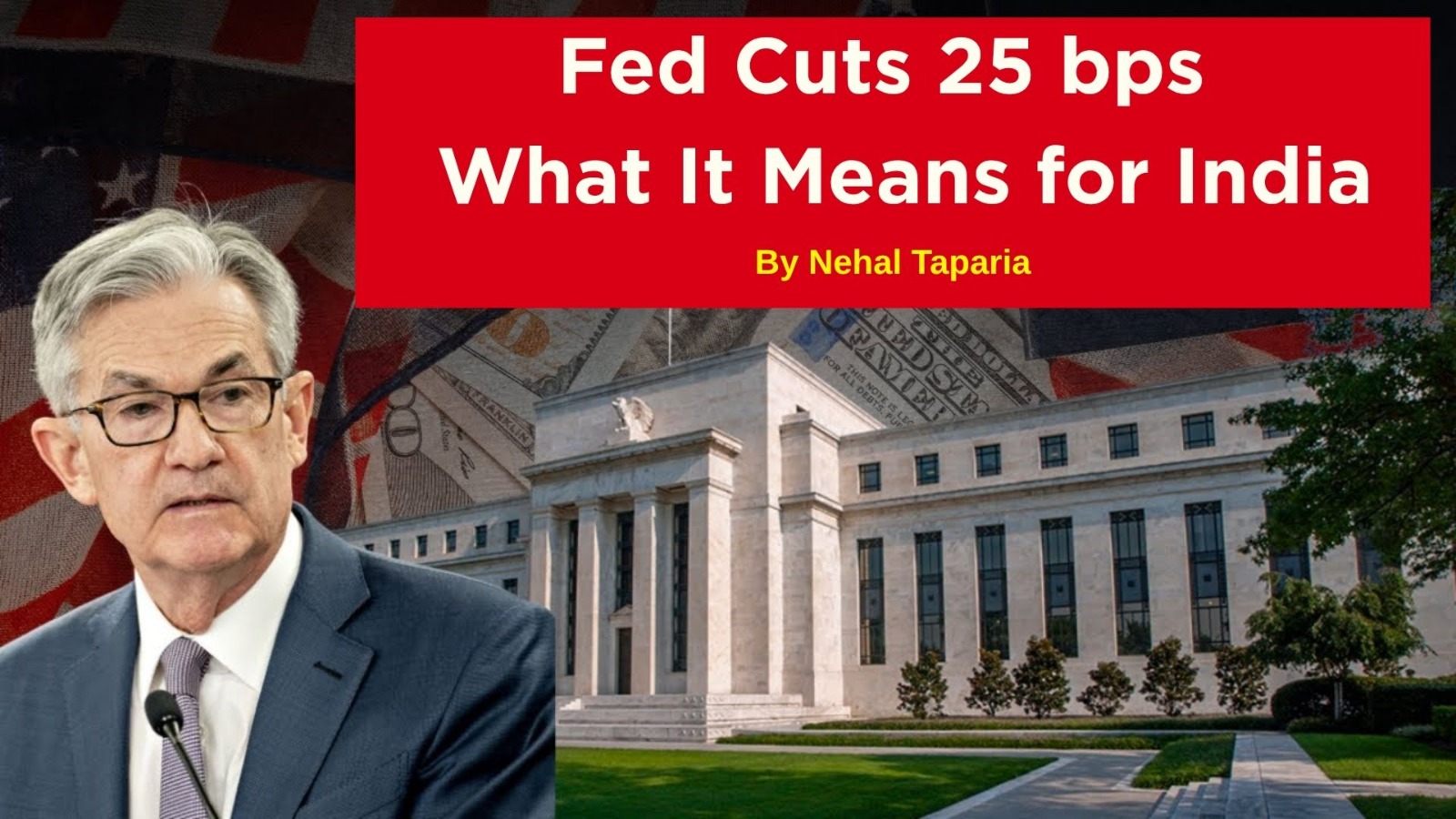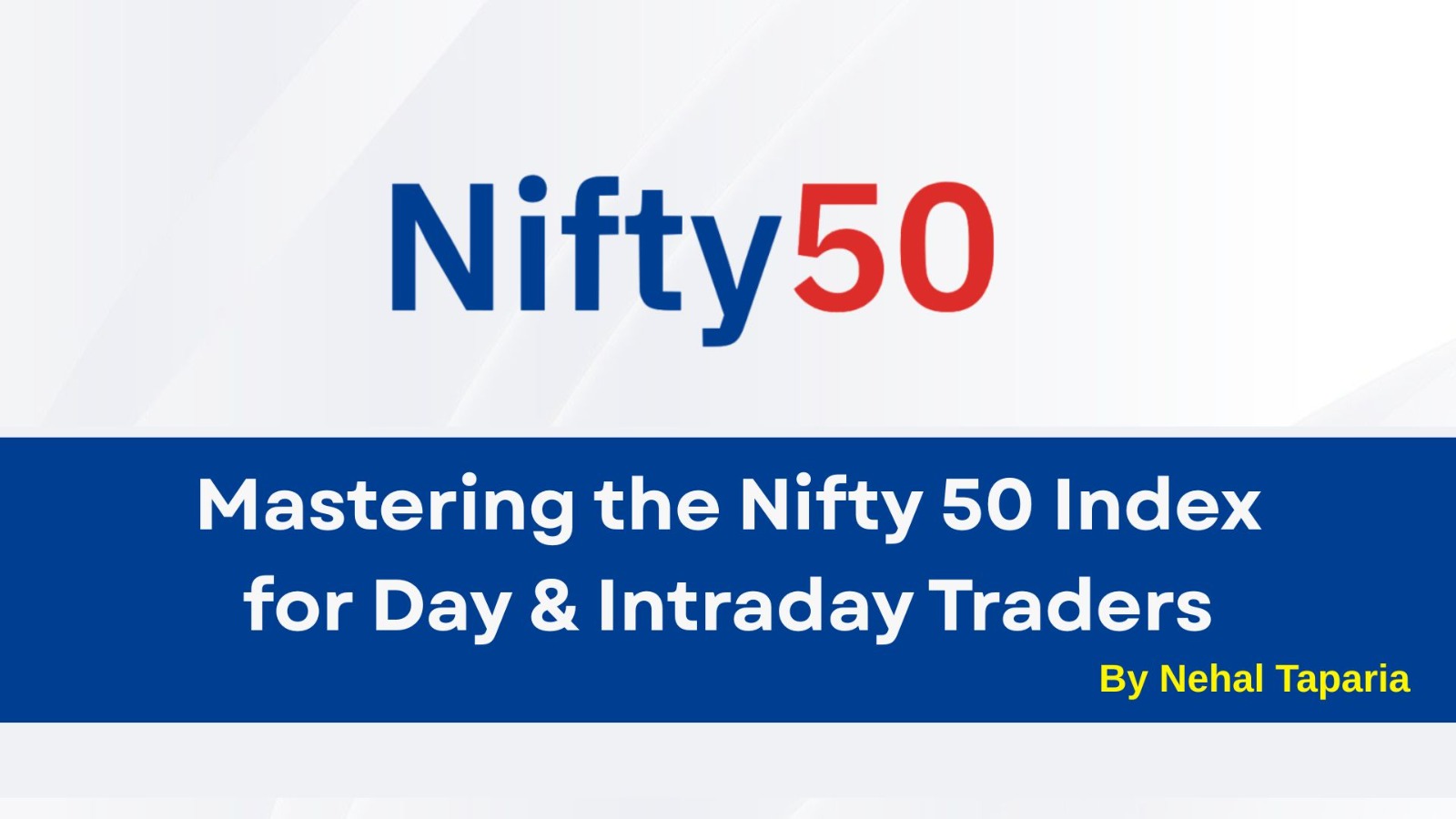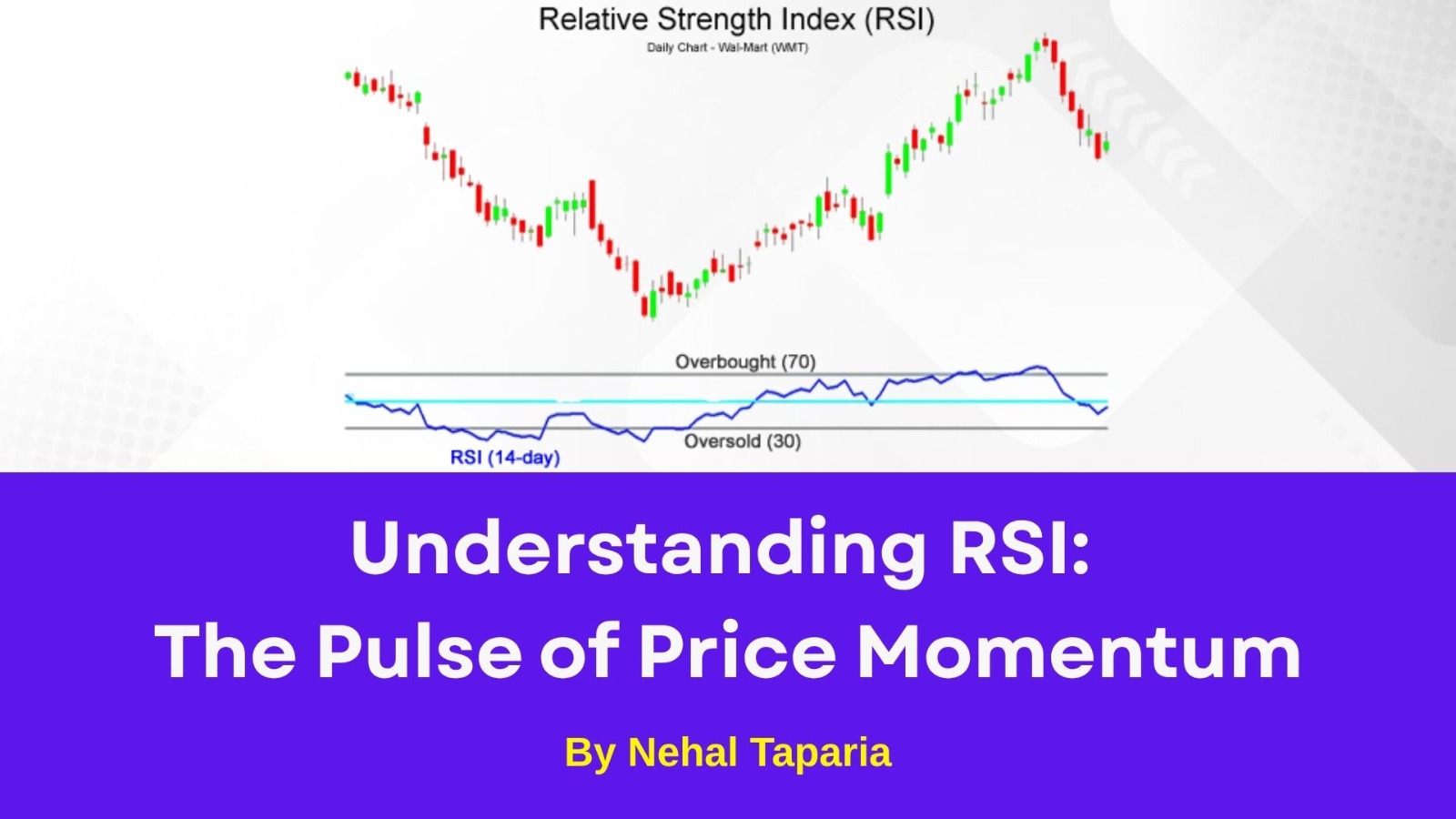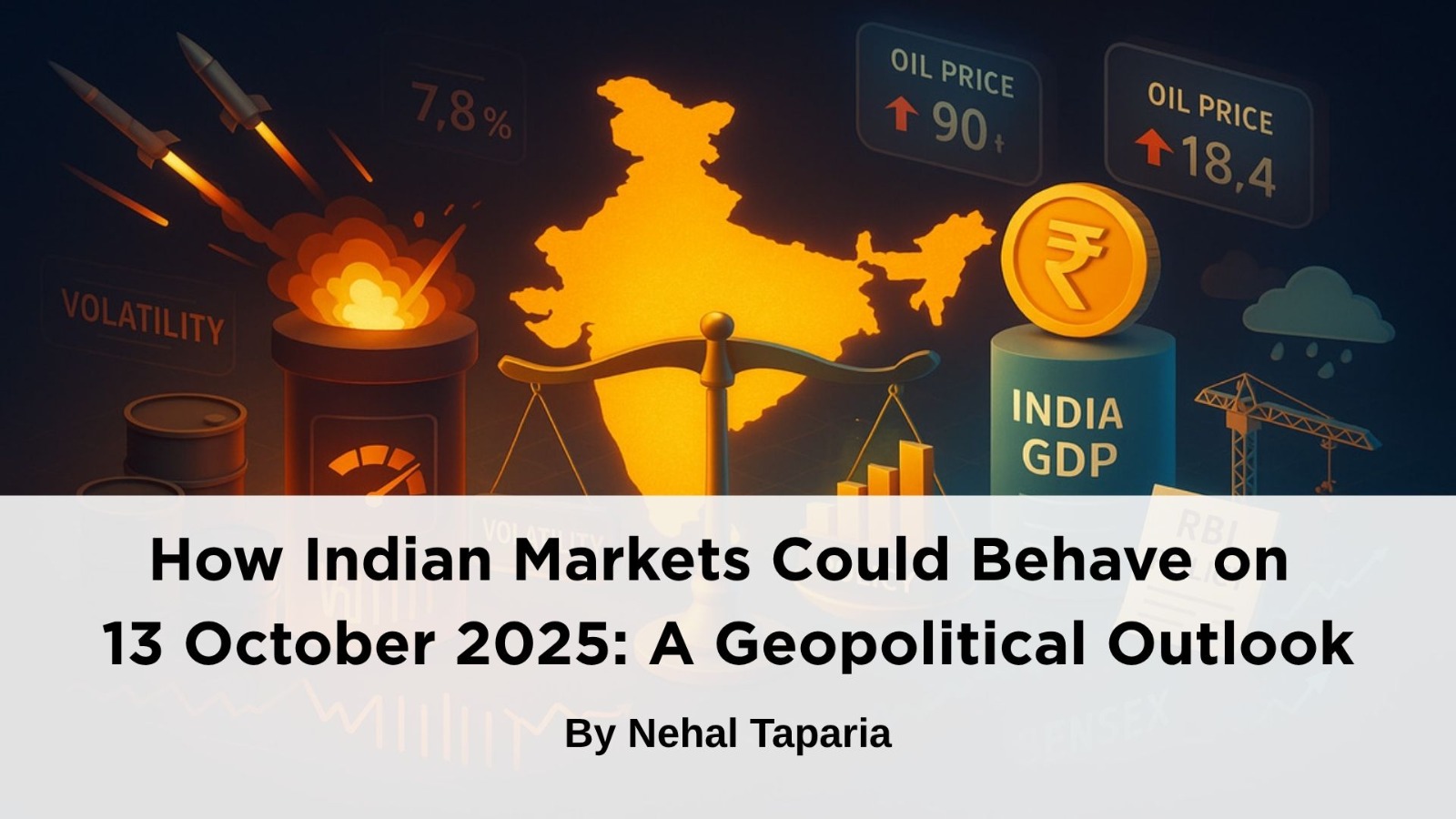July 2025 Wholesale Inflation — Deflation Deepens, What It Means for India’s Markets
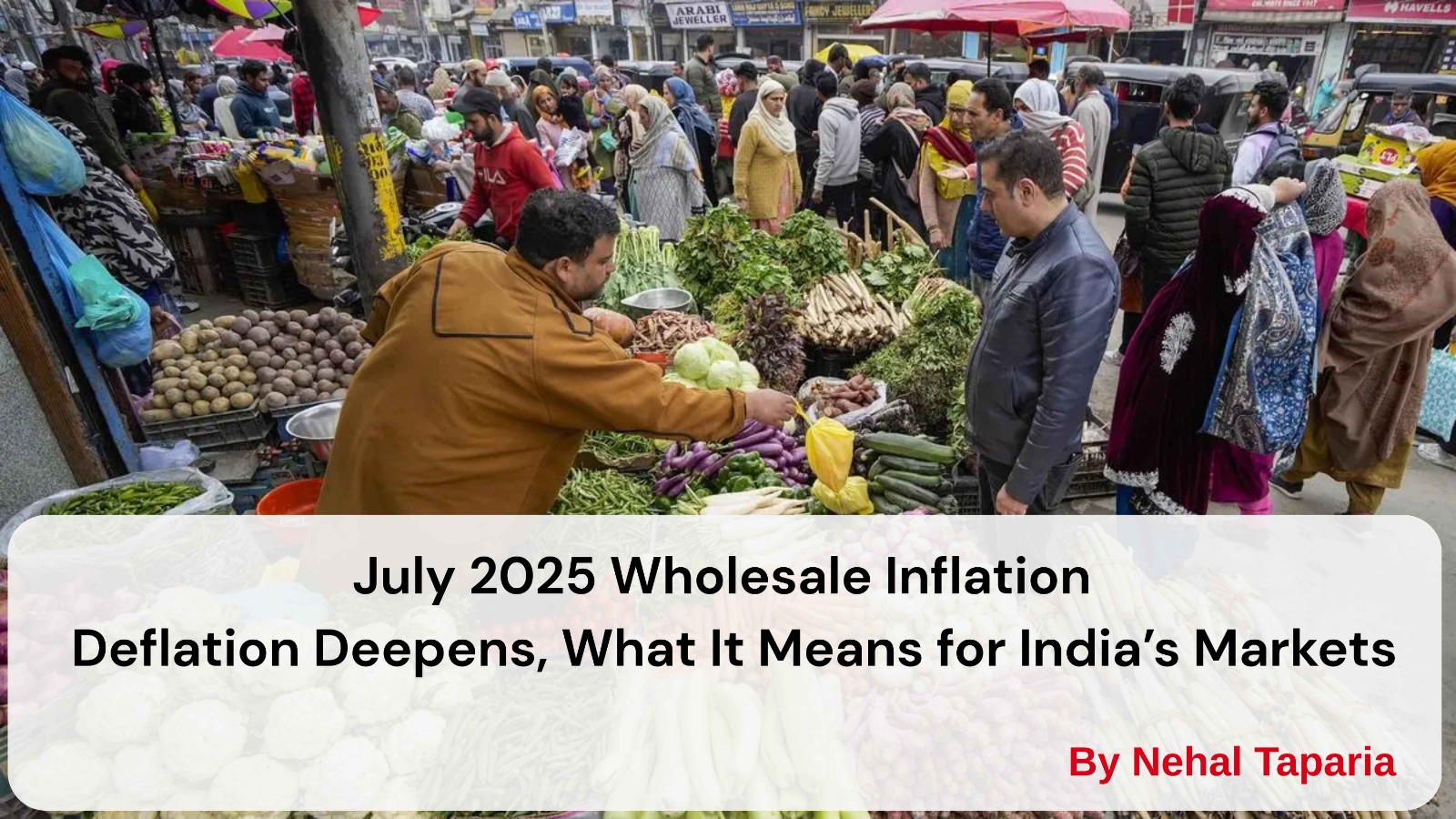
July 2025 Wholesale Inflation — Deflation Deepens, What It Means for India’s Markets
1. Headline Takeaway
In July 2025, India’s Wholesale Price Index (WPI) dropped 0.58% year-on-year, a sharper contraction than June’s modest 0.13% decline. This marks a continued disinflationary trend at the producer level.
2. Drivers Behind the Decline
Food prices fell sharply — wholesale food inflation was –2.15% YoY in July vs –0.26% in June.
Vegetable prices crashed nearly –29% YoY, worse than June’s –22.7%.
Manufacturing prices still showed mild inflation at +2.05% YoY (June: +1.97%).
Fuel and power prices stayed in deflation, down –2.43% YoY (June: –2.65%).
3. Complementary Retail Inflation Trends
Retail inflation (CPI) also cooled:
CPI dropped to 1.55% in July — lowest in over 8 years and well below RBI’s 2–6% target range.
4. Implications for the Economy & Markets
A. Monetary Policy Outlook
Persistent disinflation gives the RBI room to cut interest rates to boost growth.
But this may also reflect weak consumer demand, so policy moves will be cautious.
B. Equity Markets
Positive for: FMCG, retail, banking, consumer durables (due to lower costs & borrowing rates).
Negative for: Agriculture-linked industries & commodity producers (due to falling selling prices).
C. Bond Markets & Currency
Bond yields could remain soft; rupee volatility depends on RBI action & global trade factors.
D. Consumers & Businesses
Consumers: Gain from lower food & fuel prices.
Businesses: May benefit from lower input costs, but demand weakness could limit sales growth.
5. Looking Ahead
Key question: Is this temporary (seasonal price fall) or structural (demand slowdown)?
August WPI & CPI data will be closely watched.
External risks: US tariffs, global commodity trends, monsoon impact.
Our Recent FAQS
Frequently Asked Question &
Answers Here
Q1. What is WPI and why does it matter?
WPI (Wholesale Price Index) tracks price changes at the wholesale/producer level. It often signals cost pressures for businesses before they reach consumers.
Q2. Is a negative WPI (deflation) good or bad?
Q3. How will this impact the Indian stock market?
Q4. Will RBI cut interest rates now?
Q5. What does it mean for consumers?
Q6. Could this trend continue?
Copyright © By Empirical F&M Academy. Design & Developed by Techno Duniya


.jpg)


.jpeg)

